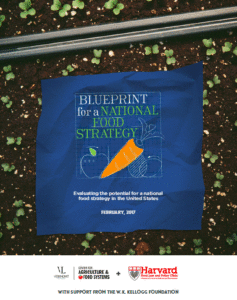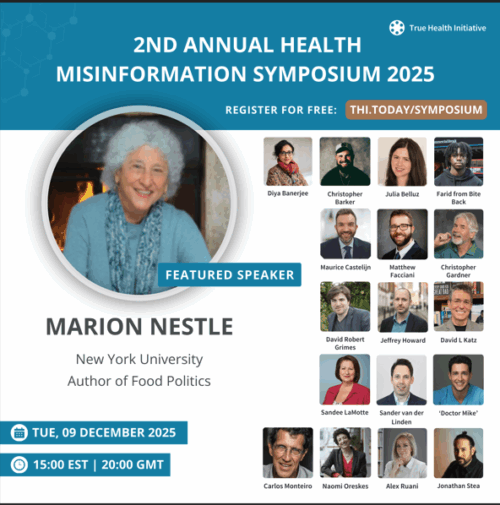Reports related to food politics flood in. Here are a few from the last couple of weeks.
The Nation: Special Issue on The Future of Food: Setting the Table for the Next Generation.

Global Alliance for the Future of Food: Unravelling the Food-Health Nexus: Addressing Practices, Political Economy, and Power Relations to Build Healthier Food Systems.
Multiple channels across food systems threaten human health. The resulting health impacts are severe, but are rarely examined together, systematically. Each impact appears as discrete and unrelated to the next, but through a systems view their interrelationships, linkages, and complex associations are revealed. The health impacts of food systems disproportionately affect the most vulnerable in our communities, and are compounded by climate change, poverty, inequality, poor sanitation, and the prevalent disconnect between food production and consumption. The true costs of these impacts are staggering…Over the coming months we will be tracking reactions and feedback to determine phase II of research for reviewing the positive health impacts of food systems, and begin to plan a global convening focused on the food-health nexus.
IPES (International Panel of Experts on Sustainable Food Systems): Too Big to Feed
Consolidation across the agri-food industry has made farmers ever more reliant on a handful of suppliers and buyers, further squeezing their incomes and eroding their ability to choose what to grow, how to grow it, and for whom….The rush to control plant genomics, chemical research, farm machinery and consumer information via Big Data is driving mega-mergers – and stands to exacerbate existing power imbalances, dependencies, and barriers to entry across the agri-food sector. Dominant firms have become too big to feed humanity sustainably, too big to operate on equitable terms with other food system actors, and too big to drive the types of innovation we need.
EUPHA (European Public Health Association): Healthy and Sustainable Diets for European Countries
A new research agenda for Europe in the field of sustainable food systems is needed. Recent experience has demonstrated that there are many separate, relevant domains of research (e.g. involving nutrition, food science, sustainability, agriculture, economics, social science as applied to farmers and farming communities, research into acceptability of food products to the public, and other research fields as well), but that researchers in these various areas rarely interact with each other. Accordingly, what is needed is a new European research infrastructure devoted to the multidisciplinary aspects of food research, “from field to fork”, as is often stated.



 And it is highly instructive about what has to be in place to put these policies in action (the report calls them enablers).
And it is highly instructive about what has to be in place to put these policies in action (the report calls them enablers).



